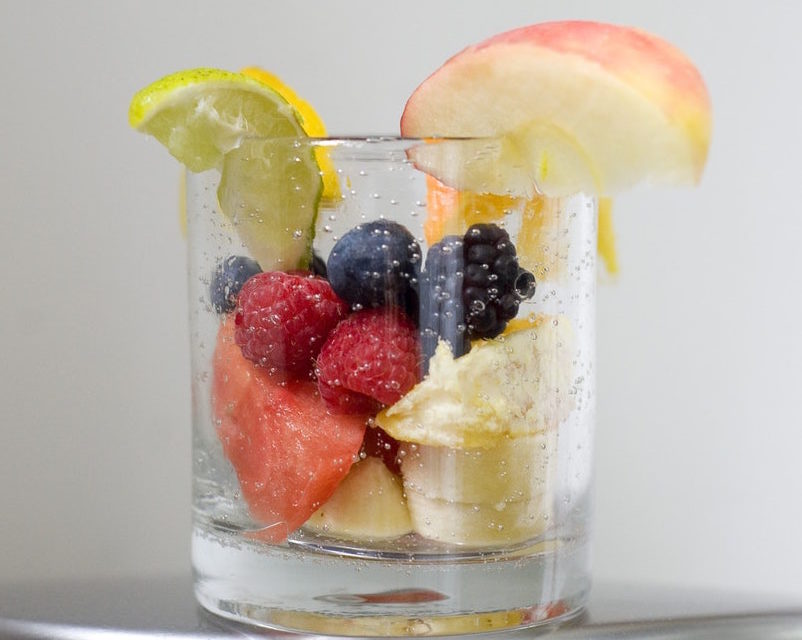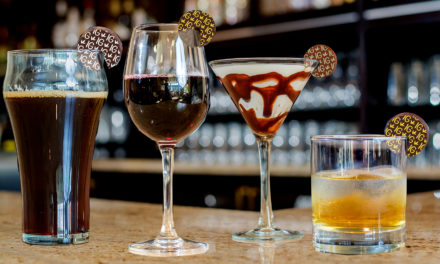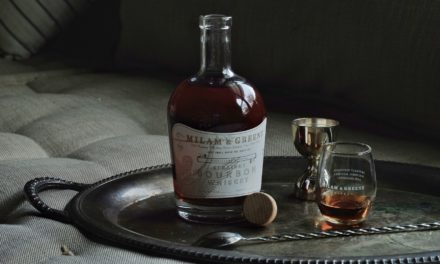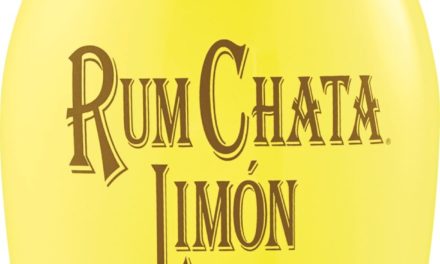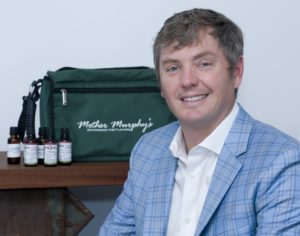
“The trend now is canned cocktails. That portion of the market is set to take off.” —Al Murphy
When Al Murphy’s grandparents started Mother Murphy’s in 1946, they couldn’t have foreseen the company’s newest path to success. “[It] was focused on food flavoring and extracts,” remembers Murphy, who, about a decade ago, recognized a burgeoning opportunity. “All around the United States, legislation was changing at a rapid pace for distilleries,” he says.
Murphy began exploring ways to use the family company’s vast network of flavor profiles—its chemists have a library of more than 60,000 flavors—to help craft distilleries leverage their products with appealing, novel flavor profiles. Because Mother Murphy’s already possessed a library of flavors and had vast experience with regulatory bodies, Murphy has been able to provide distillers with more options than competitors, and the paperwork and formula sheets necessary for approval from the TTB.
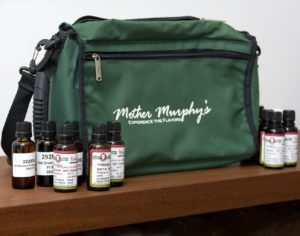 “I started attending classes at the American Distilling Institute. I also started going to conferences, schools, training, and internships at distilleries,” says Murphy, who heads the company’s nascent alcohol division. “I followed flavor trends in other industries that could translate over to the alcohol industry. Throughout the process, our R&D team has proactively created flavor profiles to better serve the alcohol industry.”
“I started attending classes at the American Distilling Institute. I also started going to conferences, schools, training, and internships at distilleries,” says Murphy, who heads the company’s nascent alcohol division. “I followed flavor trends in other industries that could translate over to the alcohol industry. Throughout the process, our R&D team has proactively created flavor profiles to better serve the alcohol industry.”
Murphy is always scanning the horizon for new opportunities. “The trend now is canned cocktails,” he says. “That portion of the market is set to take off, especially on the spirit-based side. Consumers are looking for a cleaner profile by having vodka or whiskey as a base within a [ready to drink option].
“If you want to market to millennials,” he continues, “we’re finding they really respond to highly specific fruit varietals, geographic flavors, and single origin flavors. Instead of selling an orange flavor, for example, a customer might prefer a Sumo citrus orange varietal. Or a customer might want a blue mountain coffee flavor from Jamaica instead of just a more generic coffee flavor.”

